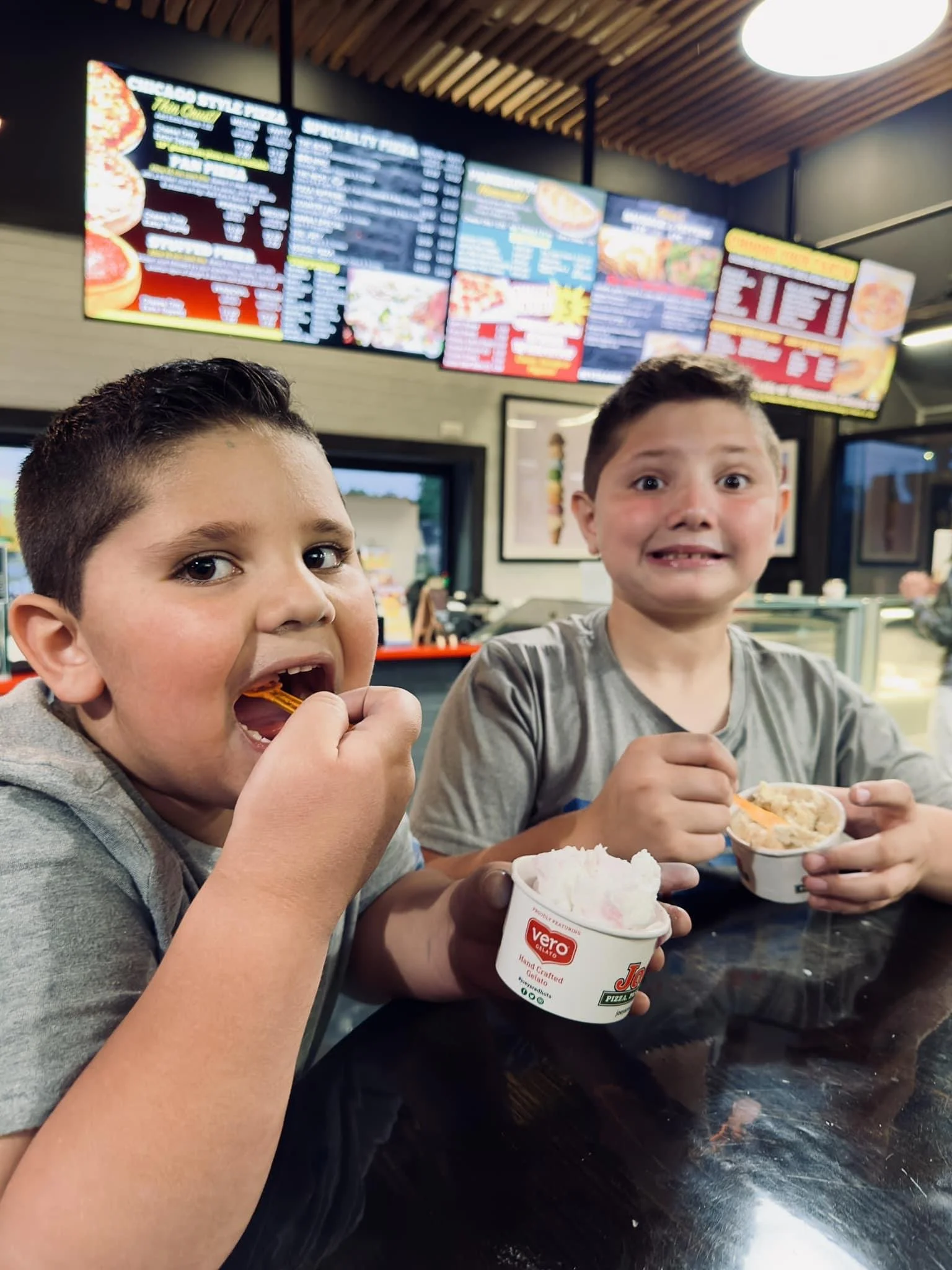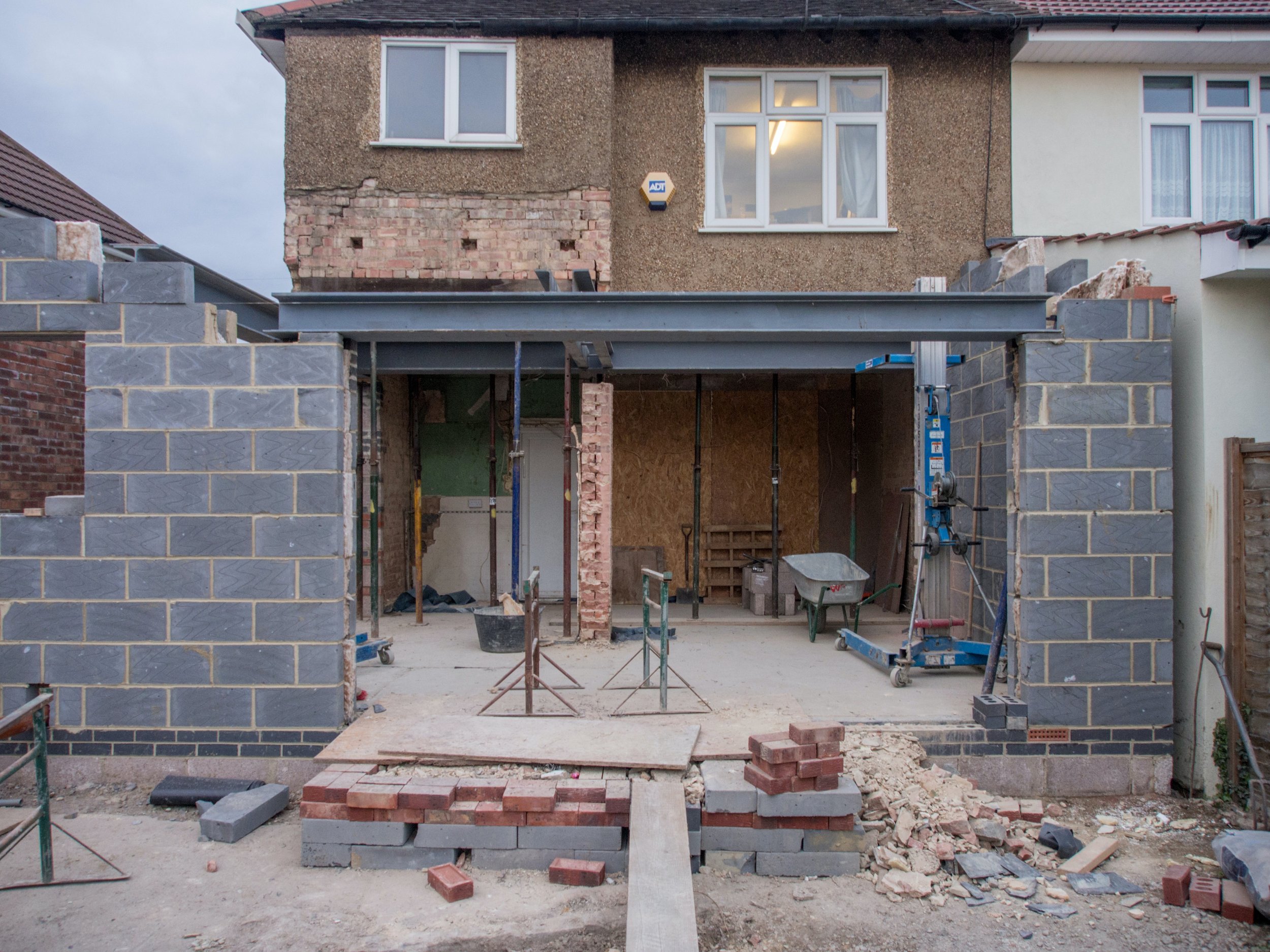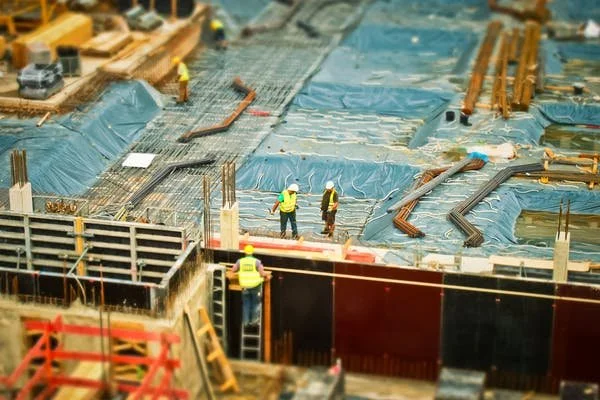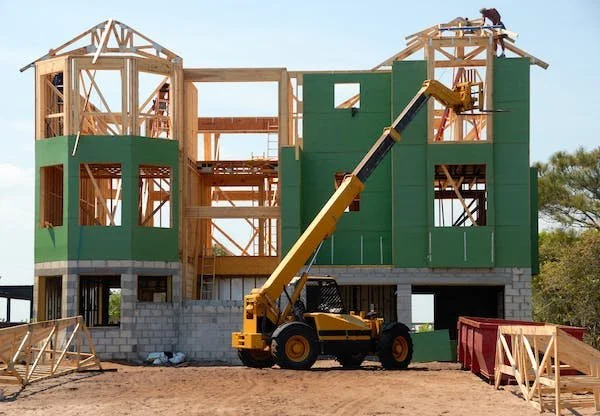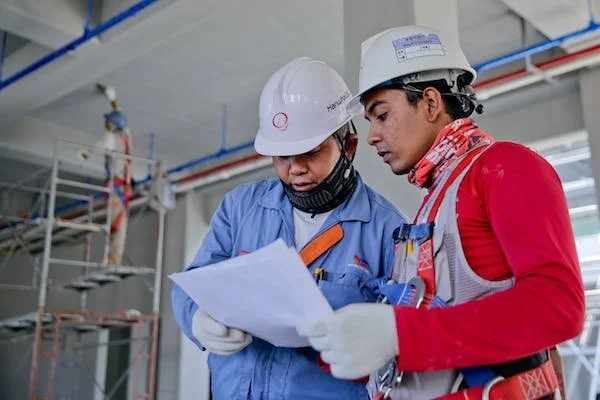Air conditioning is essential to our lives, ensuring our comfort and well-being in the hottest months. However, just like any complex machinery, air conditioning systems can encounter issues that hinder their performance.
Whether you're facing insufficient cooling, an AC unit that won't turn on, or perplexing hot and cold spots throughout your home, we'll address these problems head-on and equip you with the knowledge to troubleshoot and resolve them effectively. North shore home appliance repair offers condenser Cleaning in chicago service throughout USA county.
Get ready to restore the cool comfort of your living space as we unravel the mysteries of common air conditioning problems and guide you through their solutions.
Let's dive in!
Insufficient Cooling or Ineffective Cooling
Dirty Air Filters
Air filters play a crucial role in maintaining the efficiency of your air conditioning system. However, over time, these filters can become clogged with dust, dirt, and debris, obstructing proper airflow and reducing cooling performance. The restricted airflow leads to insufficient cooling in your living space.
● Solution: Locate the air filters in your AC system near the return air ducts or inside the air handler unit. It's time for a cleaning or replacement if they appear dirty or clogged.
Refrigerant Leaks
Refrigerant is the lifeblood of your air conditioning system, responsible for absorbing heat from indoor air and cooling it down. However, if there's a refrigerant leak, the system won't have enough refrigerant to cool the air effectively.
● Solution: Fixing a refrigerant leak requires the expertise of a professional air conditioning repair provider. They will inspect your AC system, identify the leak's source, repair it, and recharge the refrigerant appropriately.
Improper Thermostat Settings
If the thermostat is incorrectly configured, it may not adequately signal the air conditioner to cool your space.
● Solution: First, double-check the thermostat settings to ensure it is set to the desired temperature. Make sure it is in "cooling" mode rather than "fan-only" mode. If you suspect your thermostat is malfunctioning or inaccurate, consider calibrating or replacing it.
Air Conditioning Unit Not Turning On
Tripped Circuit Breaker
An overloaded circuit can cause the air conditioning unit to trip the circuit breaker, cutting off power to the system. This can happen due to various reasons, such as a power surge or multiple high-energy appliances running simultaneously.
● Solution: Head over to your electrical panel or circuit breaker box and check if the breaker assigned to your AC unit has tripped. If it has, switch it off completely, then back on. This should reset the circuit breaker. However, if the breaker trips again, it could indicate a more serious electrical issue. In such cases, it is best to consult a professional electrician to assess and repair the problem.
Blown Fuse
Similar to a tripped circuit breaker, a blown fuse can also disrupt the power supply to your air conditioning unit. Fuses protect the electrical circuit from overloading and short circuits.
● Solution: Locate the fuse box, typically near the air conditioning unit or in the basement. Check for a blown fuse by visually inspecting the fuse panel. If you notice a blown fuse, replace it with a new one with the same amperage rating. However, if the fuse blows again, an underlying issue may require professional attention.
Faulty Wiring
Faulty or damaged wiring can prevent your air conditioning unit from turning on. Over time, wires can become frayed, disconnected, or damaged due to various factors.
● Solution: Since dealing with electrical wiring requires expertise, it is strongly recommended to hire a professional electrician to inspect and repair any faulty wiring. They will be able to identify and address the issue, ensuring your AC unit's safe and proper functioning.
Uneven Cooling or Hot/Cold Spots
Blocked Vents
One of the primary culprits behind uneven cooling is obstructed vents. If furniture, curtains, or other objects block the air vents, it restricts the airflow, leading to inconsistent temperatures.
● Solution: Walk around your home and ensure all vents are unobstructed. Rearrange furniture, remove any items covering the vents, and ensure proper airflow.
Duct Leaks
Over time, ducts can develop cracks, gaps, or loose connections, allowing conditioned air to escape before it reaches certain areas of your home.
● Solution: Inspect your air ducts for any visible signs of leaks, such as loose joints or visible gaps. Seal these leaks using specialized duct tape or mastic sealant. For larger or more complex leaks, it is advisable to consult a professional HVAC technician who can assess and repair the ductwork effectively.
Improperly Sized AC Unit
An undersized unit may struggle to cool your home adequately, while an oversized unit may cool the air quickly but fail to remove humidity, resulting in clammy and uncomfortable conditions.
● Solution: Consult with an HVAC professional to determine the appropriate size of air conditioning unit for your specific space. They will perform calculations based on factors such as square footage, insulation, and sun exposure to recommend the ideal unit size.
Strange Noises Coming from the AC Unit
Rattling or Vibrating Noises
Rattling sounds are often a result of loose components within the air conditioning system. Over time, vibrations and normal wear and tear can cause screws, fan blades, or other parts to become loose.
● Solution: Tighten any loose screws or fasteners you find. Additionally, check the fan blades for any damage or signs of imbalance. Consider lubricating the fan motor to reduce friction and minimize rattling sounds if necessary. However, if the rattling persists, it's best to consult a professional HVAC technician to diagnose and repair the issue properly.
Squealing or Screeching Noises
Over time, belts can become worn, frayed, or misaligned, causing these unpleasant noises.
● Solution: If you suspect a belt problem, it's crucial to turn off your AC unit immediately to prevent further damage. Contact a professional HVAC technician who can inspect and replace the belt if necessary. Attempting to fix or replace belts yourself can be dangerous and may lead to additional complications.
Grinding or Metal-on-Metal Noises
Grinding sounds can indicate that metal components are rubbing against each other, resulting in significant damage if left unaddressed.
● Solution: Turn off your AC unit and seek professional assistance right away. A professional HVAC technician will be able to diagnose the source of the grinding sound, which may involve malfunctioning bearings, motor issues, or other mechanical failures.
Call A Professional Today
Remember, maintaining a cool and comfortable indoor environment is within your control, and with the information provided here, you are well-equipped to tackle any challenges that may arise.
If you have any further questions or need additional assistance, reach out to a qualified HVAC professional.



